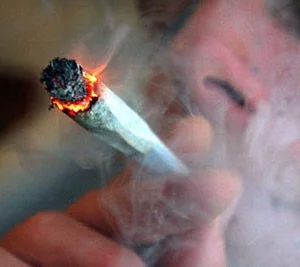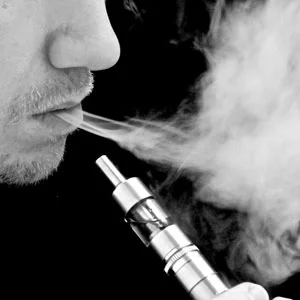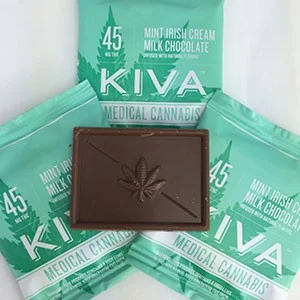Smoking Joint – Looking at safer ways to consume cannabis – Paradise SeedsThis month, Paradise Seeds has a guest article from our old friend Laurent Appel, a French journalist, movie maker and activist. An expert on drugs policy and harm reduction, he works with the organizations ASUD (self-support of drugs users) and Principes Actifs.
What does harm reduction mean?
Harm Reduction (HR) of drugs started to become a popular term in the 1980s. It began in relation to opioid use and then found a place in the club scene with party drug testing in raves and chill-out spaces.
The concept of HR is pragmatic: Drugs are illegal and can cause serious harm but, if you decide to use them, use consciously, with a good knowledge of the product and by using the right tools to avoid as much risk as possible.
These practices are evidence-based, and have a very positive impact on users but also in wider terms of public health. In the past five years, this approach has slowly become a recognized global policy for all drugs, legal or not, including the three most popular: alcohol, tobacco and cannabis.
 Alternatives to smoking offer a safer way to consume
Alternatives to smoking offer a safer way to consume
With moderate use of pure cannabis, inhaling the ‘right way’, using vaporizers or low temp dabs, and ingesting edibles, caps, drops or spray, you can sensibly reduce risks linked to traditional cannabis consumption through smoking. It’s good to know and practice.
In their first report on this topic, “Harm reduction: evidence, impacts and challenges” (April 2010) the European Monitoring Center for Drugs and Drug Addiction (EMCDDA) includes a list of recommendations in a chapter on “Harm reduction policies for cannabis” (Wayne Hall and Benedikt Fischer). These are :
• Avoid more than weekly use to minimize the risks of developing mental health problems or dependence.
• Avoid smoking as a route of administration or use a vaporizer instead, rather than smoke a bong or joint.
• If you smoke cannabis, avoid deep inhalation or breath-holding practices in order to reduce the risks of respiratory problems.
• Do not drive or use machinery when intoxicated.
For sure, these guidelines are not perfect. More emphasis is needed on not mixing with tobacco or ingesting cannabis. Also, the “only once a week” pattern of use is not realistic for a lot of cannabis users… however, it’s a good starting point.
 No massive campaign of promotion in any country
No massive campaign of promotion in any country
The recommendations from several others experts show the same evidence – that we must develop a specific HR for cannabis and promote it widely. But in fact, only few governments and Public Health systems follow a little of this advice. The official strategy nearly everywhere is still the promotion of abstinence with huge propaganda based on over-exaggerated evaluation of potential harms. This is counterproductive and must be changed.
It is up to the cannabis community therefore to look after itself and educate each other on ways to reduce harm. In my next article I will be looking further at harm reduction techniques for cannabis consumption like ‘smoking it pure’!



 Alternatives to smoking offer a safer way to consume
Alternatives to smoking offer a safer way to consume No massive campaign of promotion in any country
No massive campaign of promotion in any country